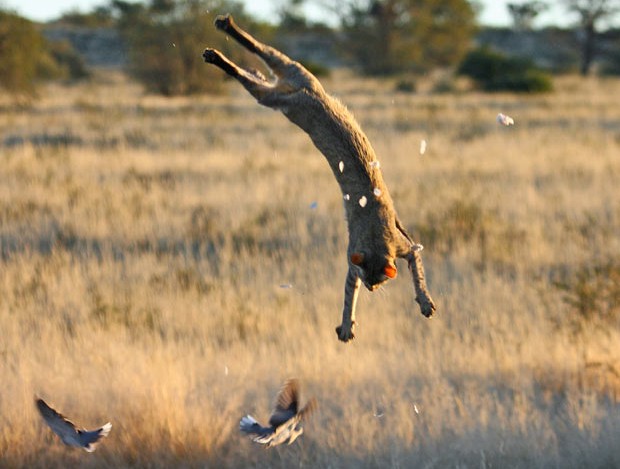
Spotting Agility
If you read or listen to much Agile material and general internet guff, you’ll often hear about “agile smells”. Agile smells are tell-tale signs that you might look for in gauging your organisation’s agility.
They are behavioural and atmospheric, and (like many things in agile development!), are extremely subjective. There are good and bad smells, and everybody has their own nose.
So if Agility has a smell, what does it look like? I thought I’d share some pictures from around our office, to illustrate some of (what I think are) our better visible signs.
1. Co-location
The cornerstone of agile development is communication. It needs to be encouraged and made easy. That’s a smell, but this is how we’ve made it look. This long workbench accommodates each cross-functional team (we have another one, not quite as long). Developers, testers, designers and even product owner, sit together, day in, day out. This makes access to the information you need from one of those guys no more than a head turn away.
2. Active wall space
Get that floral print down off the wall, and make your workspace a living, interactive playground. These pictures show our walls, crammed with designs, workflow representations, user role definitions, user story ideas, product descriptions and team goals. Along with the obligatory photographs of family and the odd joke, these things are not only a functional extension of your team’s minds, but bring a personality and life to the office.
3. Visible progress
The smell here is honesty. Self-managed teams are keen to communicate their progress openly and honestly for the organisation. This means that throughout the sprint, they’ll be diligent in their provision of burn down and burn up charts, as well as sprint goals and work in progress. People definitely have strong views over whether you need a physical task wall like this one, or an online equivalent, and in fact, we leave this to the team. Some stay entirely within Jira, this team does not. I wanted to share a technique that this particular group uses to communicate progress.
You can see that they’ve drawn a timeline for the two-week Sprint on the right-hand side of this board. The numbers here represent the ID of the user stories they intend to work on, and the days that they anticipate they’ll be done. The names next to each is the story’s “sponsor”. The team owns all of the stories together, but we like one person to be responsible for gathering together all of the resources and effort required for any one story. The timeline is a pretty simple device, but it’s gold. The plan might not work out, but on day one, you know that the team has done some great sprint planning, identifying just what they think will be involved and how long it will take. We’re pretty open to having people preview features during the sprint, so if you are interested in job number 1685, then you know you should be able to get a peek at that next Tuesday. The timeline often changes, but that’s okay, that’s honesty.
These visual signs, like agile smells, are things you can’t fake. Nobody is going to stick up bunch of crap up on the wall and just pretend. This stuff comes to life over time, as the artifacts of an engaged and energetic agile team(s). No one of these in isolation is a guarantee that you’ve got it right, but they’ll all help you recognise agility when you see it.


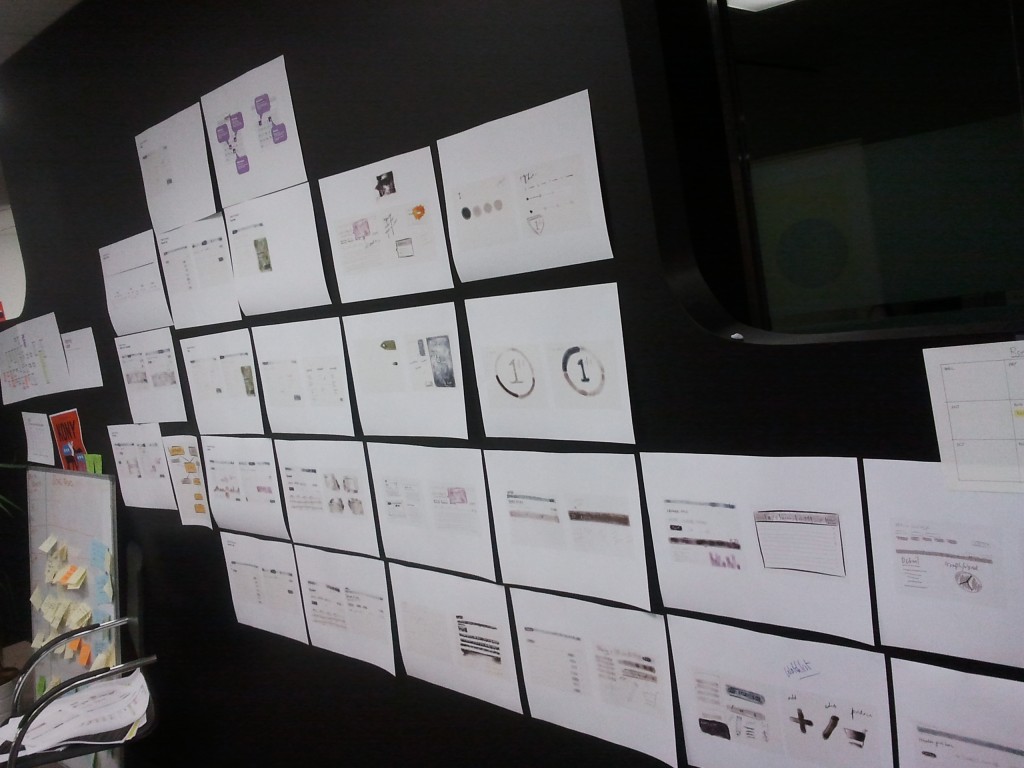
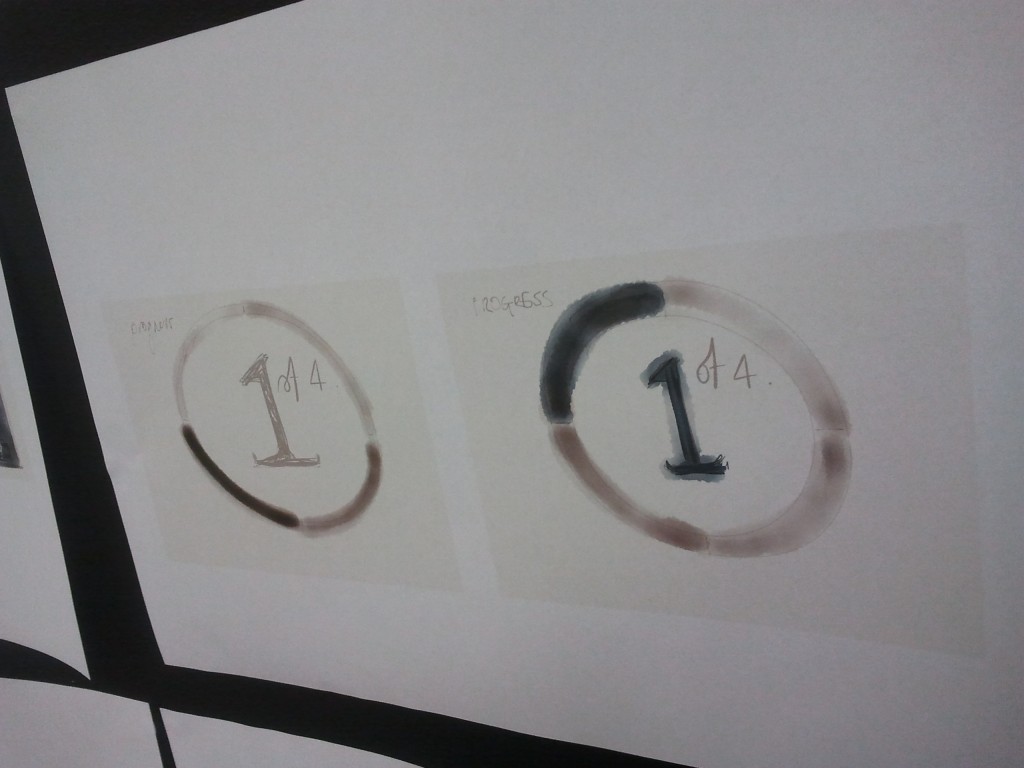
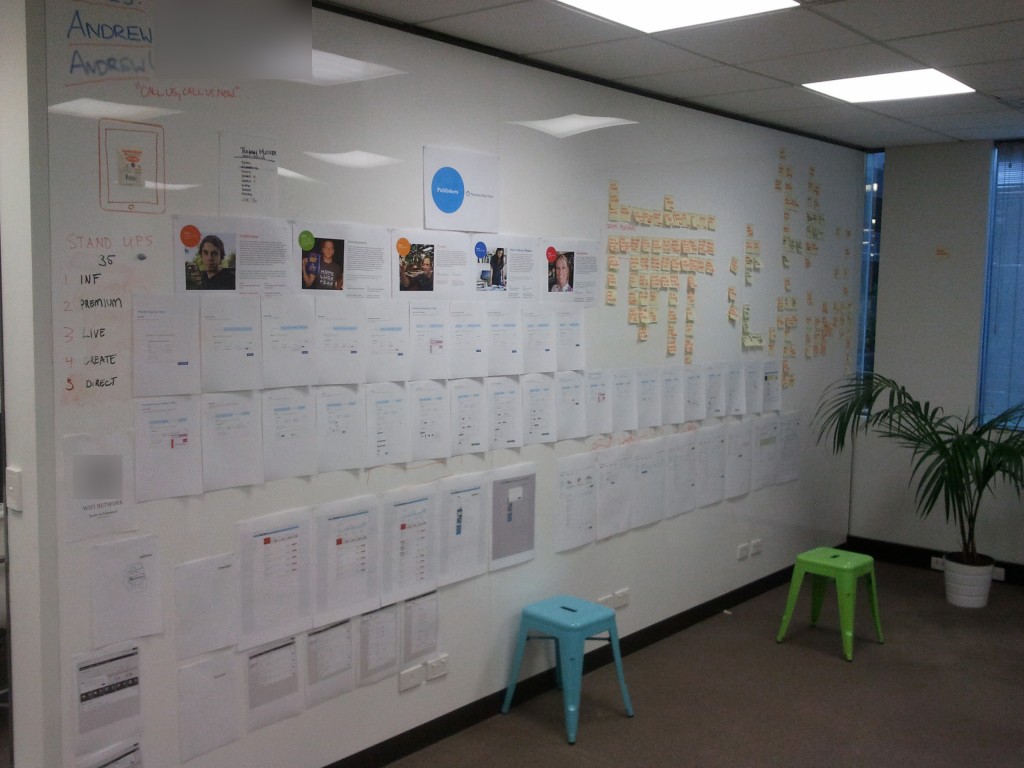
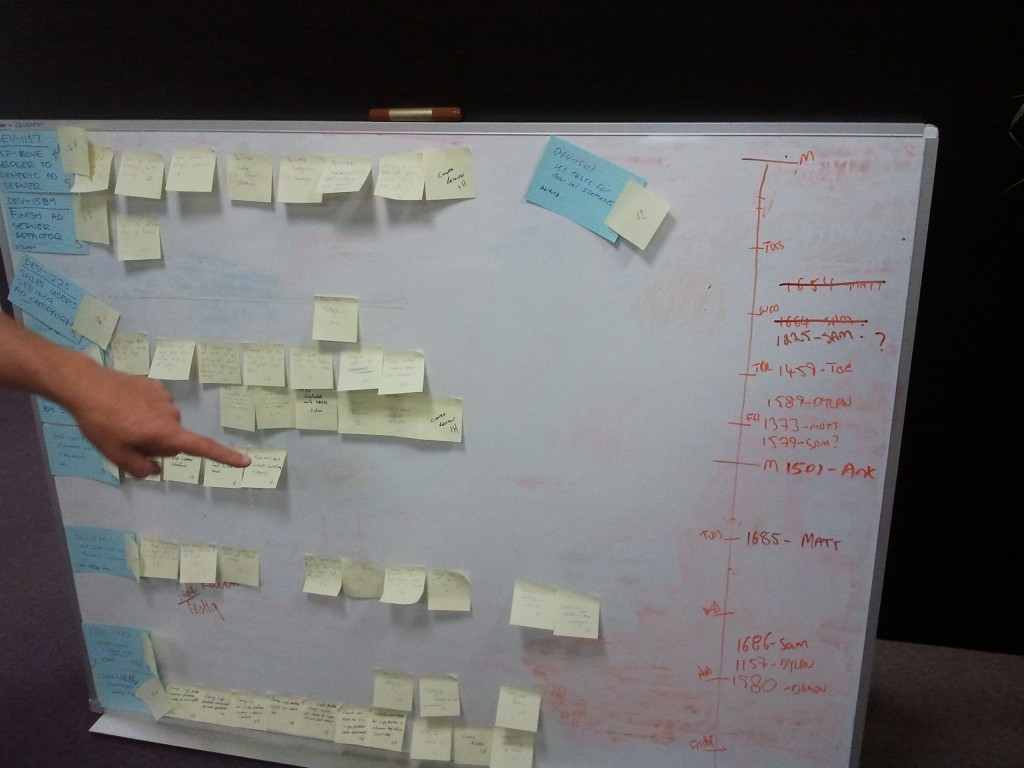
+ There are no comments
Add yours